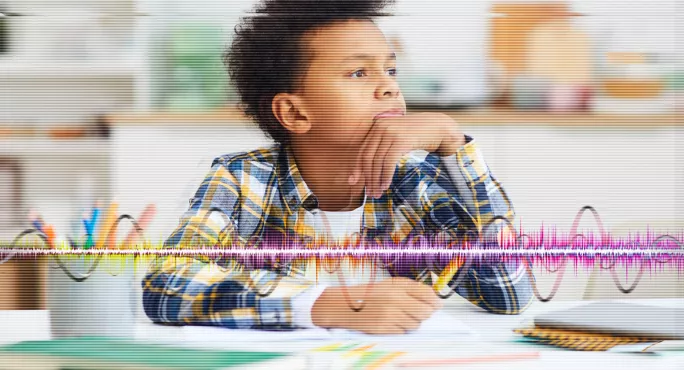How many of the pupils in your class are neurodivergent?
The answer will, of course, vary massively from classroom to classroom but, according to the latest research, it’s likely that up to six children in a class of 30 will be.
But what does this mean, exactly? Dr Jane Gilmour puts it simply: “neurodiversity” literally means a “brain difference”, or a “thinking difference”. Common examples include ADHD, Tourette’s and autism spectrum disorder (ASD).
Gilmour is a consultant clinical psychologist at Great Ormond Street Hospital, a course director for postgraduate child development programmes at University College London, and co-author of How to Have Incredible Conversations With Your Child and The Incredible Teenage Brain.
Listen to more Tes podagogy:
According to Gilmour, as our knowledge of the brain increases, the percentage of people in our population recognised as being neurodivergent will increase. It’s important, then, that teachers are equipped with the tools to be able to support these children in the classroom.
In the latest episode of Tes podagogy, she discusses how different diagnoses can present, and provides teachers with examples of specific best practice for those with ADHD, Tourette’s and ASD.
In terms of ADHD specifically, Gilmour explains that young people really thrive in a structure with clear expectations and routines. Therefore, one of the best things a teacher can do is to schedule regular breaks for children with ADHD: this could be every 10, or even five minutes, according to the level of need.
“As soon as the young person knows they have that ability to, say, walk across a classroom and sharpen the pencils or whatever it is, that five minutes will be much better used in terms of focused attention because they know there’s a scheduled break coming up,” she says.
A lot of the time, the things that can really help a young person with ADHD are good teaching practice anyway, she says. How you deliver the lesson, for example, can make a huge difference.
“Change where you’re standing, get everyone to turn around and face another wall, switch off the lights, do something so that the delivery of your tried and tested methods are done in a different way. It keeps everybody engaged but it will particularly help a young person with ADHD,” she says.
In the podcast, Gilmour goes on to share best practice for students with Tourette’s and ASD, as well as the importance of discussing things with parents, and celebrating, not merely tolerating, a neurodivergent diagnosis.




